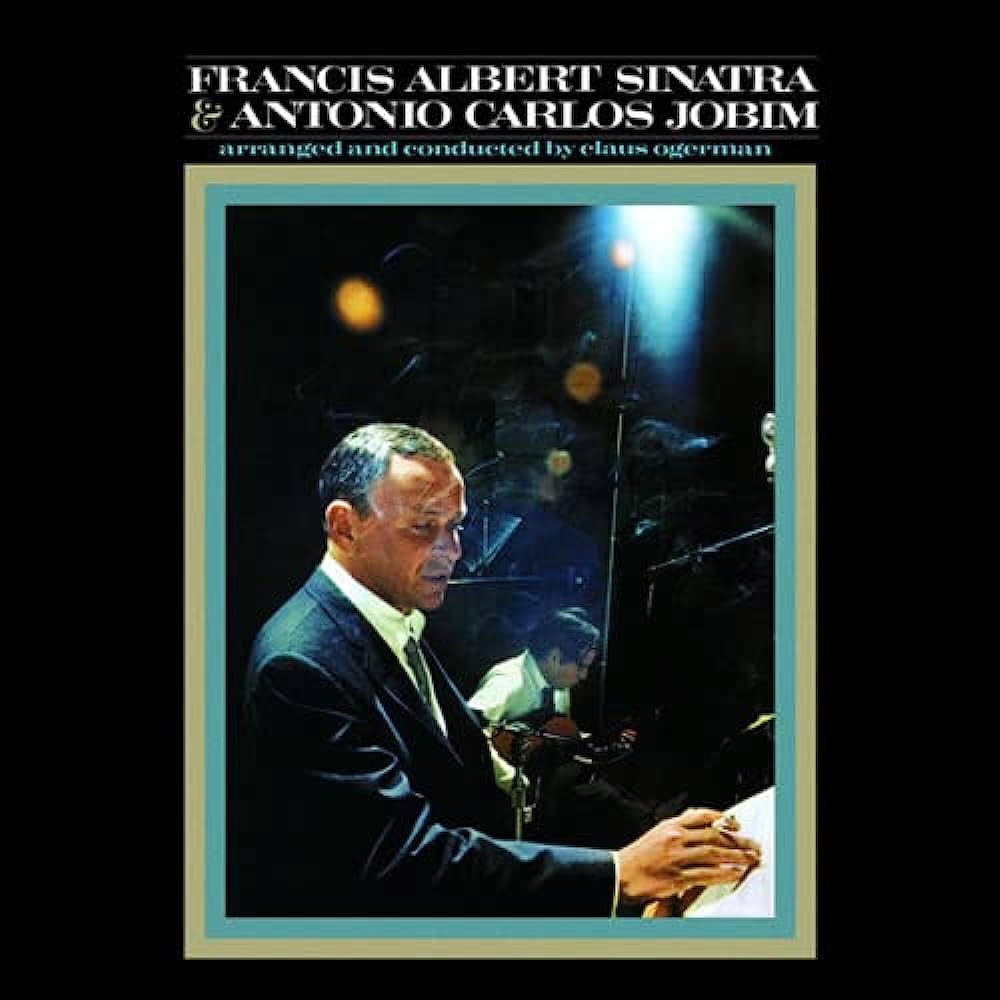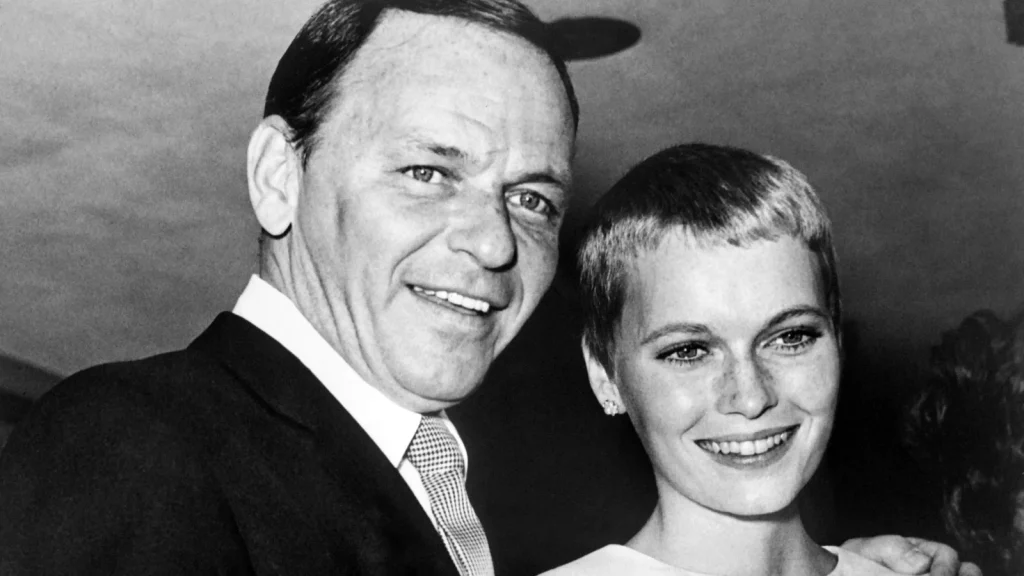
In 1967, Frank Sinatra was an artist in the throes of change, a man at a crossroads. This complex and paradoxical period depicts a Sinatra who is both daring and disillusioned, capable of reinventing himself in the face of a rapidly changing world.
In 1967, Frank Sinatra starred in the film “Tony Rome”, a thriller with many twists and turns, in which Sinatra, as a private detective, showed another facet of his talent. This film marked a turning point in his cinematic career, as he moved away from drama and musicals and into the darker, more complex world of film noir.
The same year, Frank Sinatra was also affected by disenchantment. The Vietnam War was raging, social tensions were exploding and the musical landscape was changing radically. The Beatles, Bob Dylan and the Rolling Stones revolutionised popular music, making Sinatra an almost obsolete figure. But rather than give in, Sinatra sought to adapt and reinvent himself. He collaborated with other artists, exploring new sounds and musical styles, trying to remain relevant in a world that was changing at dizzying speed.
His tumultuous love affairs, notably with Mia Farrow, shed a harsh light on the loneliness and disenchantment that permeated his work of the period. These elements make Sinatra a poignant figure, a man who, despite his success and undeniable talent, is deeply marked by vulnerability and uncertainty.

The album: Francis Albert Sinatra & Antonio Carlos Jobim
When two musical greats meet, the fusion is often electric. In 1967, Frank Sinatra, the titan of American swing and big band, and Antonio Carlos Jobim, the Brazilian master of bossa nova, created the album “Francis Albert Sinatra & Antonio Carlos Jobim” together.
The ten-track album is a perfect fusion of Sinatra's velvety voice and Jobim's hypnotic bossa nova rhythm. It's a surprising mix, but incredibly effective. Tracks like “The Girl from Ipanema” and “Dindi” show a Sinatra who is both sensitive and exploratory, venturing into musical territory that was still new to him at the time.
The album's production, under the direction of Claus Ogerman, is impeccable, with arrangements that leave enough room for Sinatra's voice to shine, while delicately incorporating the sensual rhythms of bossa nova. The musical arrangements don't just faithfully reproduce Jobim's style, they appropriate it and fuse it with Sinatra's distinctive style, creating a musical ambience that is both gentle and exotic.
In this context, Sinatra's voice takes on a different hue. He sounds calmer, more introspective, his rich timbre blending perfectly with the laid-back rhythm of the bossa nova. There is a palpable melancholy in his voice, a certain vulnerability that contrasts with the image of the reckless, self-assured crooner that audiences had previously known.
Antonio Carlos Jobim, for his part, gave a masterful performance. His guitar, voice and compositions add an extra layer of sophistication to the album. He provides a perfect counterpoint to Sinatra, offering a fascinating contrast between the warmth of bossa nova and the coolness of American swing.
“Francis Albert Sinatra & Antonio Carlos Jobim” is not simply a collaboration between two renowned artists, it is a unique musical experience that transcends genres and borders. It's an album that shows that music has no limits, that it can be a bridge between seemingly different cultures, and that it can offer new ways of interpreting and experiencing the world.
“The Girl Of Ipanema” song
The song, originally written in 1962 by Vinícius de Moraes and Antonio Carlos Jobim, has seen many interpretations, but Sinatra and Jobim's stands out for its fusion of styles and the vocal chemistry between the two artists.
Sinatra and Jobim's version is a marvel of subtle arrangements and fused voices. The bossa nova rhythm, so characteristic of Jobim's style, is present but reworked with jazz nuances and a hint of swing that add new depth to the song.
Sinatra's voice, soft and suave, adds a new dimension to the song. He sings the lyrics in English with a sensitivity that contrasts with his reputation as a reckless crooner. There is a gentleness, a vulnerability in his voice that transforms the song into a melody of longing and nostalgia. He is no longer the confident crooner of “My Way”, but a man in love, melancholically singing of the unattainable beauty of the girl from Ipanema.
Jobim, with his guitar and soothing voice, adds the Brazilian touch that gives the song its exotic, seductive atmosphere. He complements Sinatra perfectly, the two voices blending in perfect harmony, paying tribute to the beauty of Brazilian music while fusing it with American jazz.
Where to listen to Francis Albert Sinatra & Antonio Carlos Jobim?
- Listen to Francis Albert Sinatra & Antonio Carlos Jobim on Spotify
- Listen Francis Albert Sinatra & Antonio Carlos Jobim on Deezer
- Listen to Francis Albert Sinatra & Antonio Carlos Jobim on Youtube